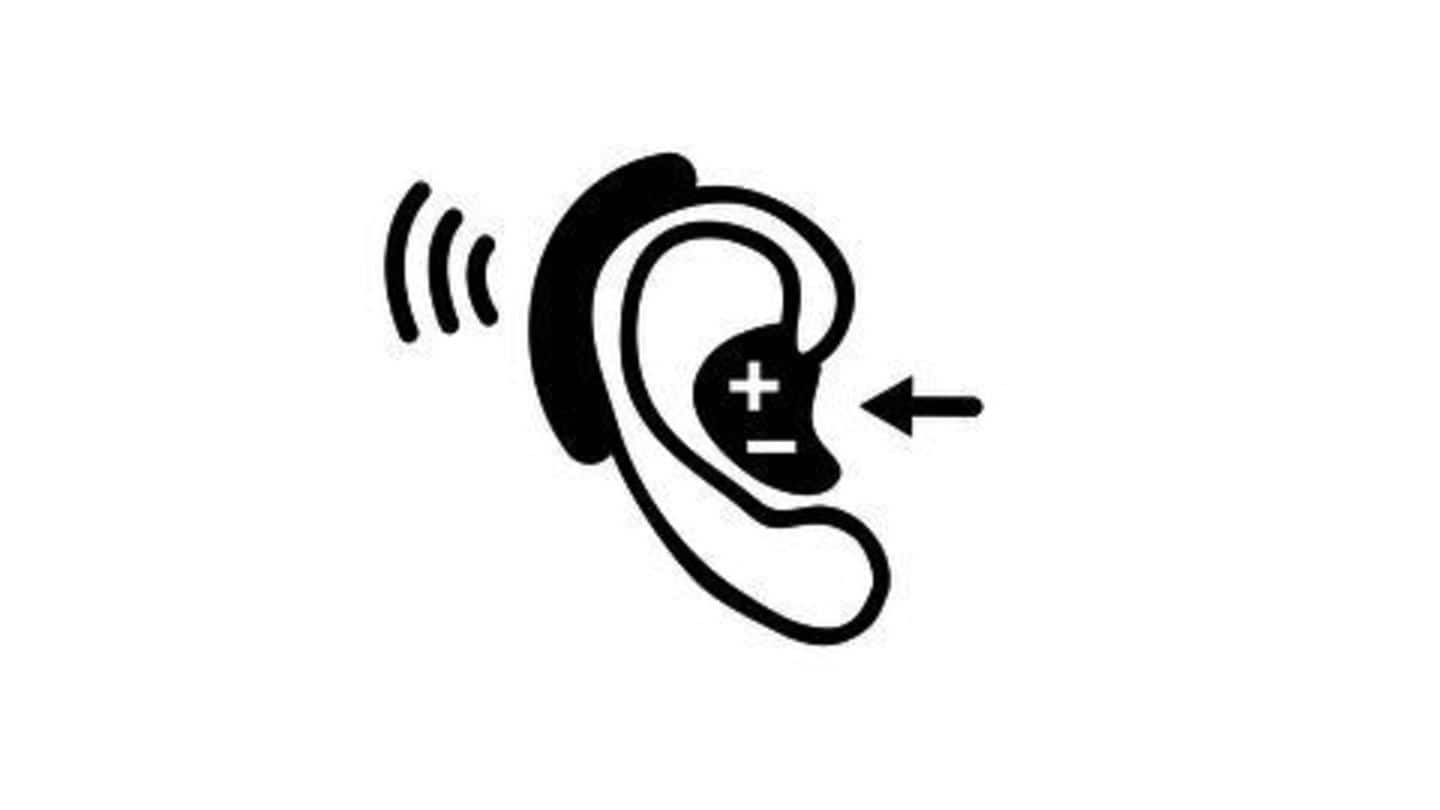
Meet Doppler Labs' augmented reality earbuds
What's the story
Noah Kraft, the CEO of Doppler Labs, announced that the company would start shipping their Here One wireless earbuds, which he described as "computers for the ear".
The aim, Doppler says, is to change the way we interact with the world around by putting virtual assistants, capable of recognizing and responding to voice commands, in our ears.
Here One
Some features of the Here One
As Doppler's site describes it, Here One is the world's first "all-in-one" wireless listening system.
Based on Doppler's Here Active Listening System, the earbuds come with a connected app.
Users can, through the app, take phone calls, listen to music, reduce unwanted noise, amplify speech and access virtual assistants like Google Now and Siri to communicate with smartphones.
But that's not all.
Do you know?
Here One earbuds priced at $299
Doppler Labs' first generation of Here One earbuds are expected to start shipping next month. Priced at $299, the first generation earbuds will offer features like directional hearing, muffling and augmenting sounds.
Ambitions
Doppler's more ambitious plans for the Here One earbuds
Doppler Labs isn't just happy with the whole smart earbuds thing that Here One will initially offer.
It wants to offer customers a product which is better than the ears we are born with.
As a result, Doppler Labs' more ambitious Here One prototypes come with a translation system capable of translating speech within half a second's delay.
Algorithms
The complexities of creating an ear-oriented "computer"
To muffle, augment and interpret sounds around a user, Doppler's app has to first identify a noise, understand its characteristics, and alter the same without distortion, all within milliseconds.
To enable the same, Doppler's team is developing hundreds of machine learning algorithms to deal with the millions of sounds found in the world.
But it isn't as simple as it sounds.
Sampling sounds
Understanding the world through sound
For Doppler's machine learning algorithms to work, the software needs a lot of data - hundreds of thousands of recordings of sounds one might encounter in the world.
Realizing that the amount of data they were after wasn't available in the world, they hired a field audio team to document and record all the sounds of today's world.
They have about 100,000 samples now.